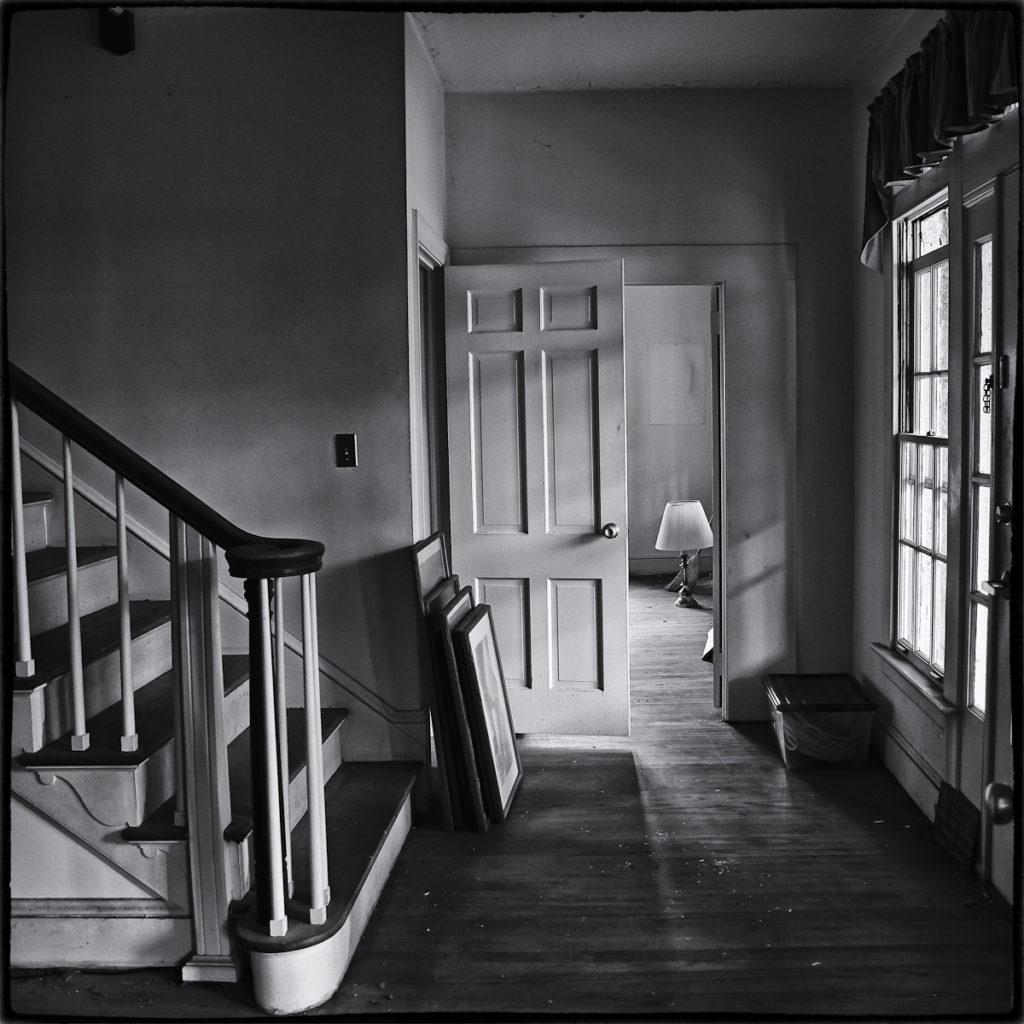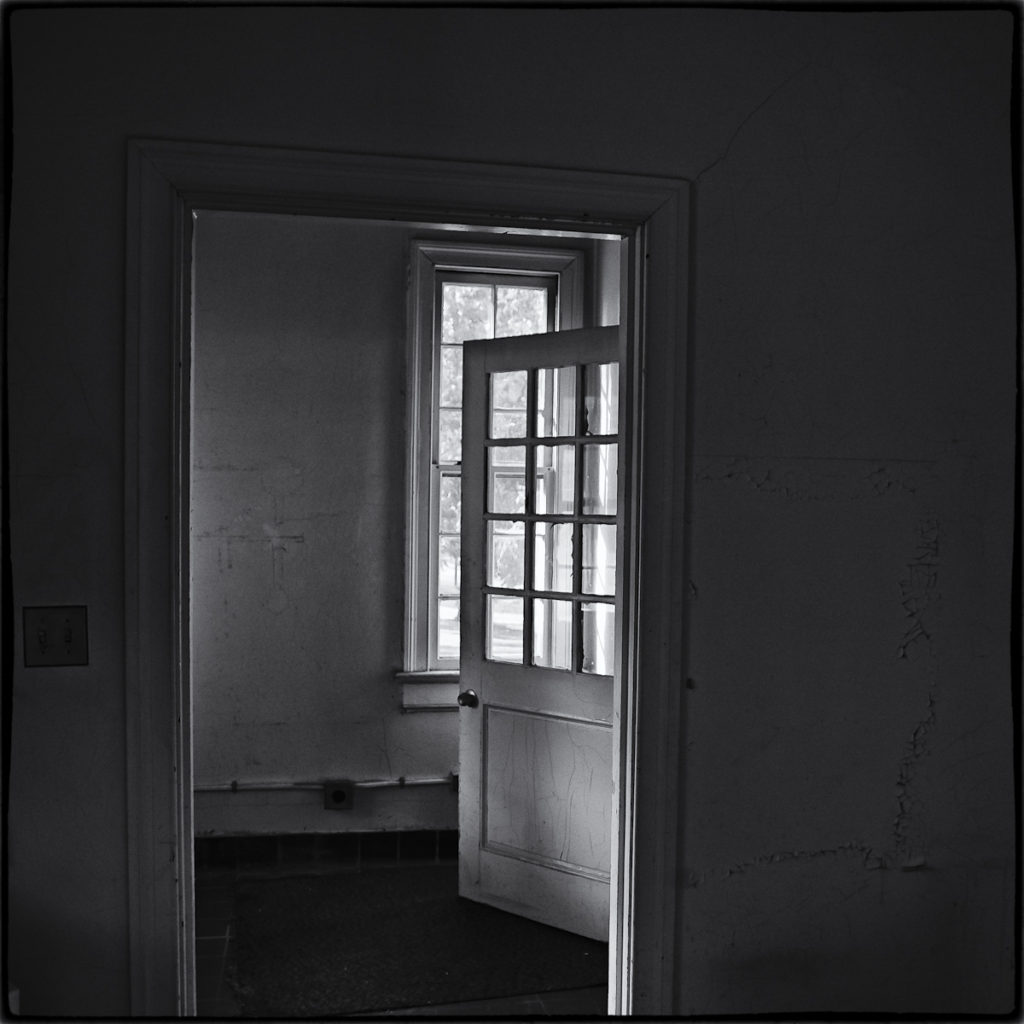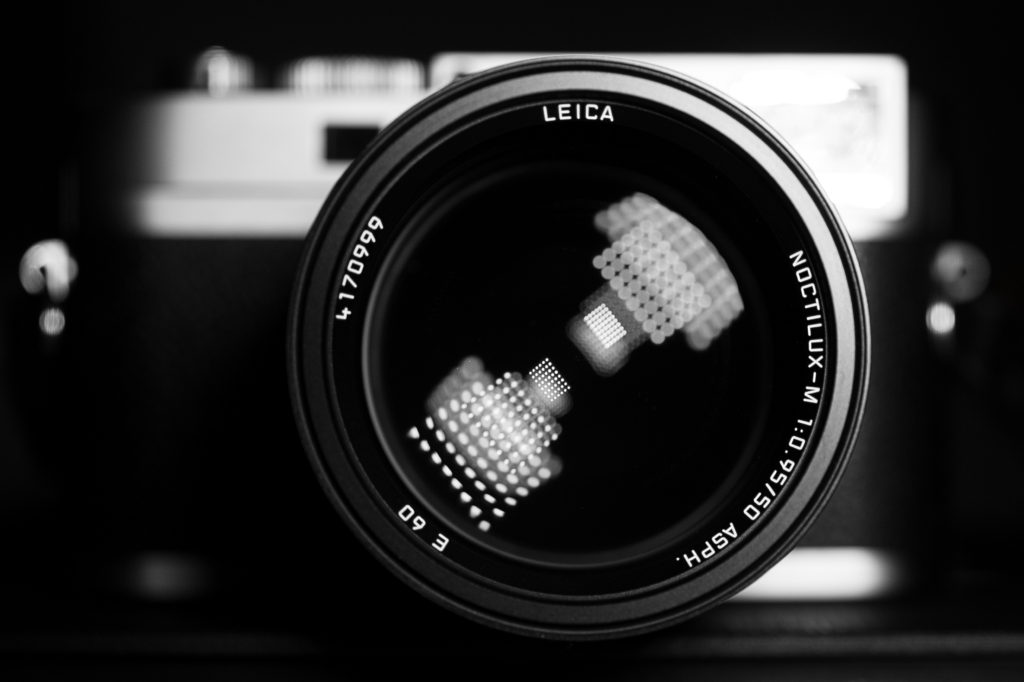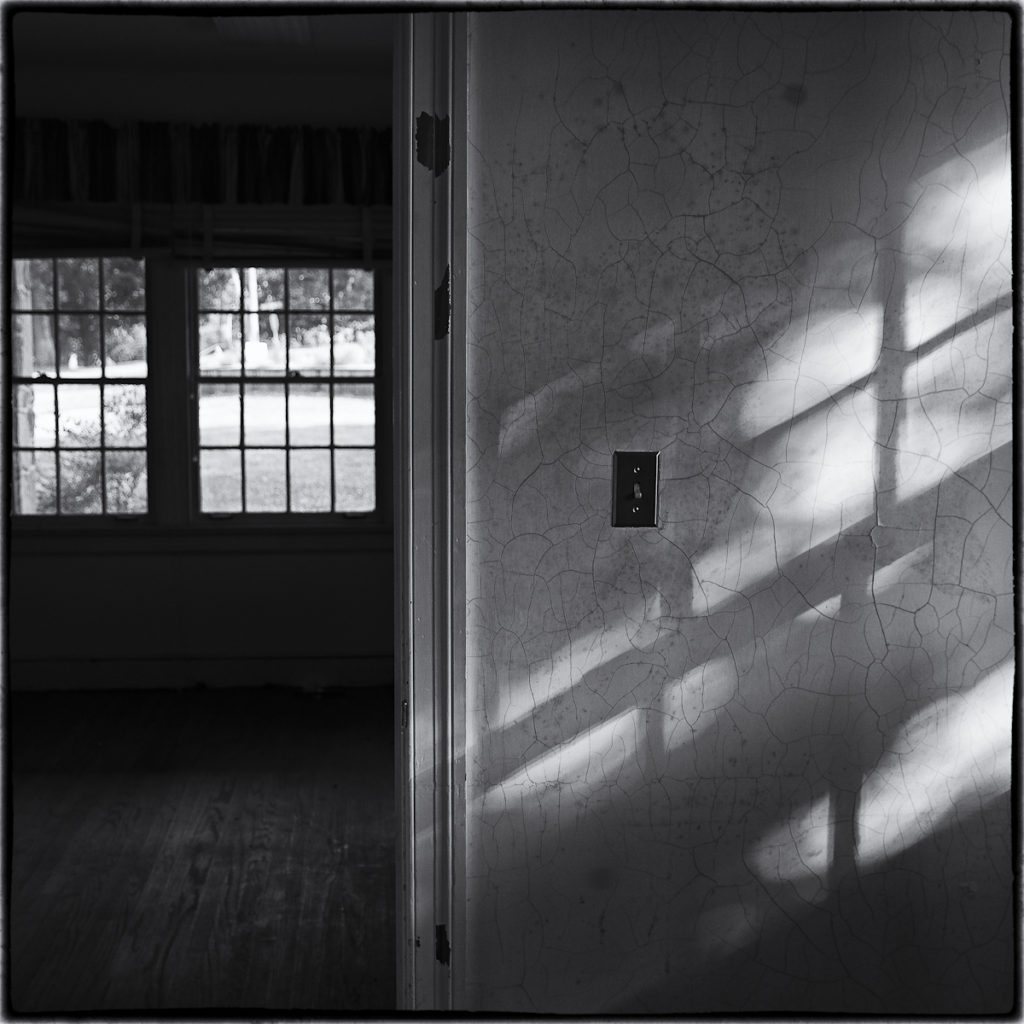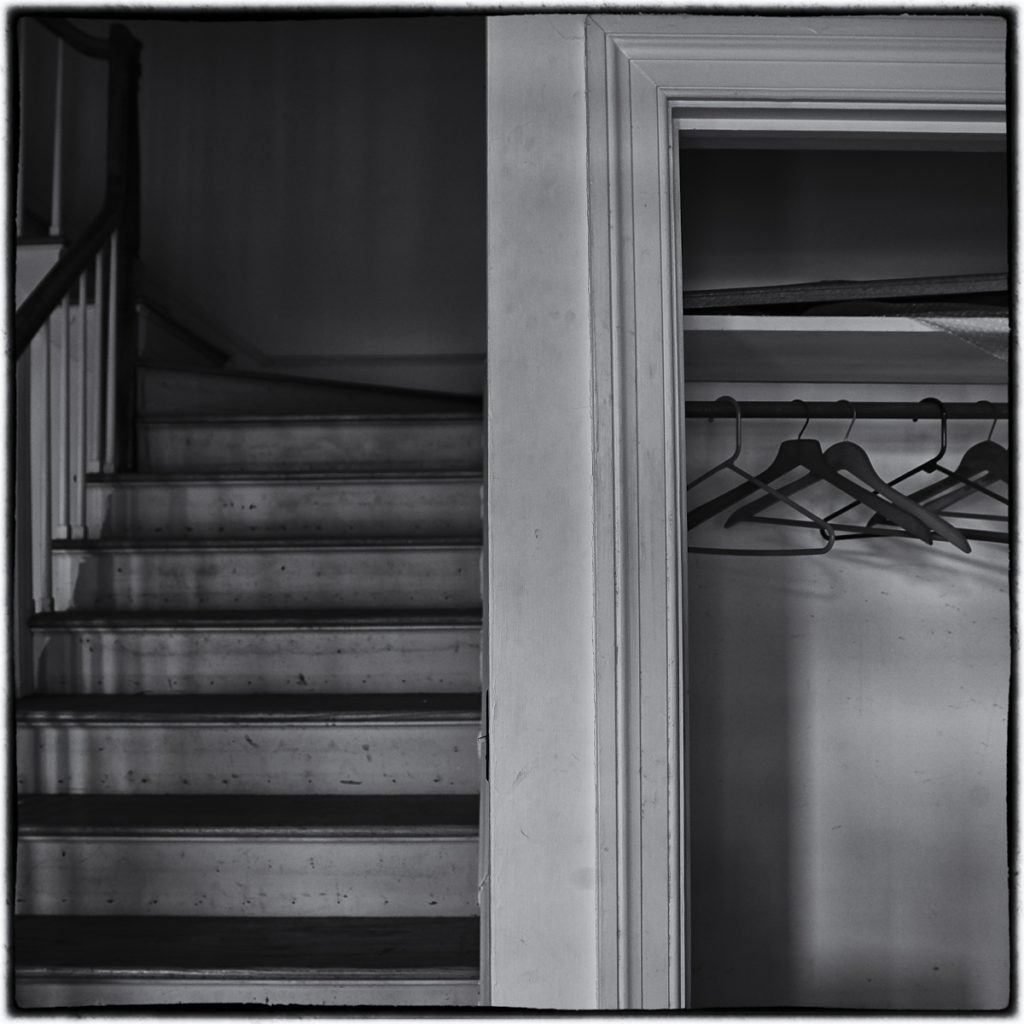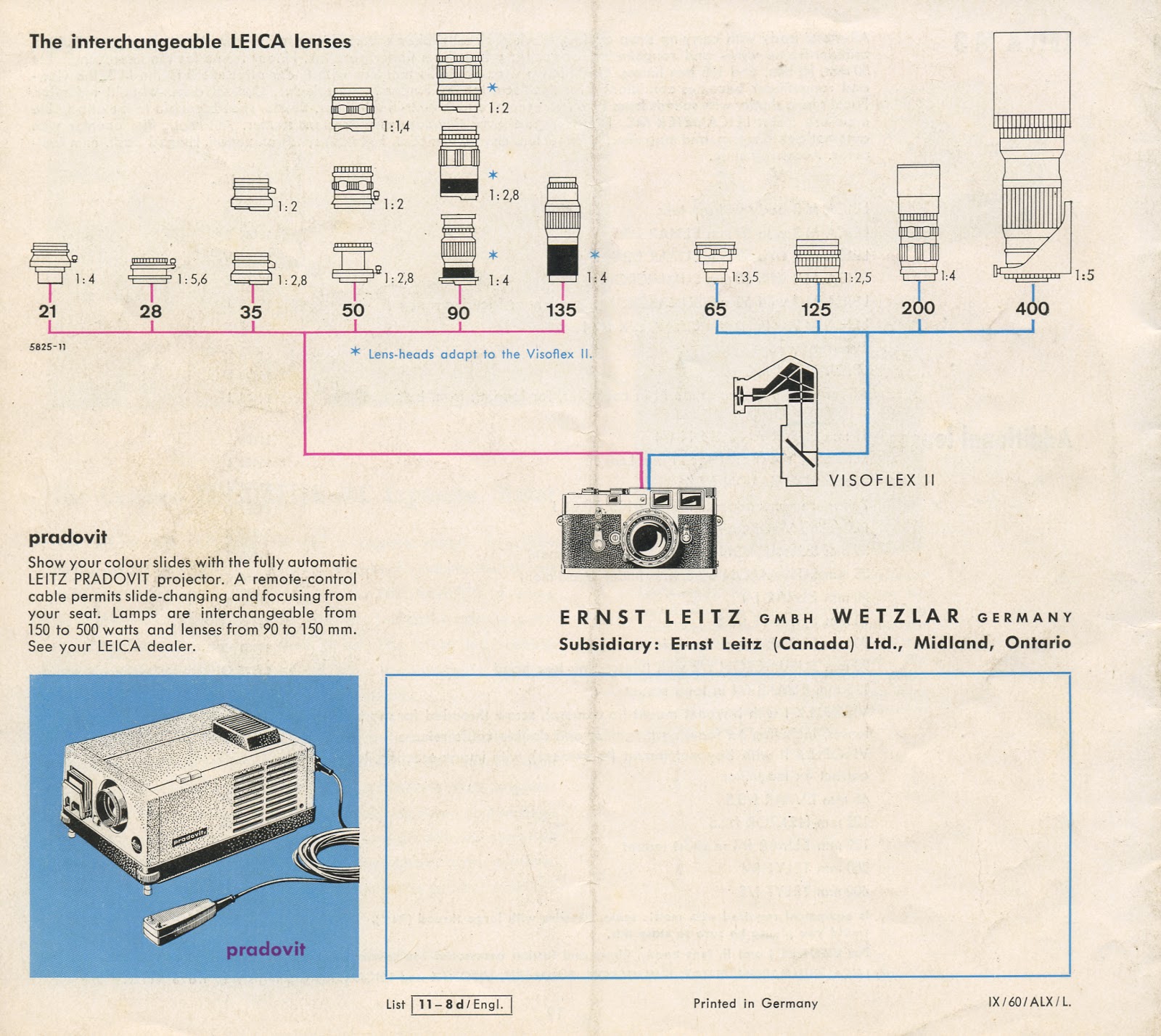Sigma sd Quattro, ISO 100, f 2.8 Handheld
I’ve been engaged in an ongoing documentary project, photographing the grounds and buildings of the Dorothea Dix State Mental Hospital in Raleigh, North Carolina. (The photos that illustrate this piece are of the hospital director’s residence, now abandoned). The Dix campus is a stunningly beautiful piece of property that sits on the edge of downtown Raleigh. The city has been eyeing it for years, hoping to raze the hospital and buildings and convert the grounds to a public park. With the push to de-institutionalize mental health sufferers, the hospital and its numerous support buildings currently sit empty, falling into disrepair while waiting to be bulldozed and replaced with luxury hotels and manicured lawns.
I often walk my dog on the property, and when I do, I’ll usually make a point of taking a camera along with me, if for no other reason than it makes me look – really look – at what’s around me, and it affords the opportunity of recording it for posterity. One thing I’ve learned in 50 years of photographing things is that the things you most take for granted – the things you expect to always be there – are the things that ultimately aren’t. Time has a peculiar way of transforming the most ‘permanent’ of things.
I think, for example, of the year I spent in lower Manhattan in 1978, walking almost daily through the World Trade Center Plaza on my way to school on Broadway just north of the Twin Towers. I usually carried a camera – I was on my way to and from Art School studying photography – and yet I never bothered to photograph what was right in front of me because it all seemed so obvious, so blindingly ‘there’. In all my negatives from that time I find one photo – one – of the WTC towers, a basic tourist snap of the buildings themselves. In hindsight, I’d been given an incredible gift – and I’d squandered it. This, of course, is how we learn, if we learn at all. Often the most effective pedagogy is regret at missed opportunities.
*************
Sigma sd Quattro, ISO 100, f 2.8 Handheld 1/30th Second
As I’d expected to remain outside in the late-afternoon sun, I’d taken my Sigma sd Quattro with 17-50 2.8. Not exactly the camera I’d have taken were I expecting to be photographing inside, given the Sigma’s reputation for lack of usability at higher ISOs ( I most profitably use it at 100 ISO), but I’d tried a back door to the residence, found it open, and knew I’d probably not have the opportunity again, so in I went (missed opportunities and all that). All of the photos used to illustrate this piece were shot handheld at 100 ISO…with an f 1:2.8 lens. Indoors obviously. The point being, it can be done. Those of us raised shooting film became quite adept at it. We had to. Either that or we lugged a tripod around with us, which wasn’t always an option.
Which is all preface to a larger issue – the digital age’s fetish for large aperture lenses. Like most fetishes, it can’t be justified rationally. It makes no sense. In the digital age, when hyper ISO is a reality (10,000 ISO being common), there simply is no need for them. None, other than to pimp the one-trick pony that is ‘bokeh,’ which, to my eyes, is the single worst visual affectation brought about by digital capture. Suffice it to say that, as a general rule, the more you rely on bokeh to make your photographs interesting, the shittier the photographer you are. Full stop.
Back in the film era, high-speed lenses served a purpose. Most usable film stocks maxed out at 400 ASA. Tri-X and HP-5 – 400 ASA box speed films – were considered ‘fast’ films preferable for low-light handheld work. 10,000 ISO was a thing of science fiction, akin to flying cars. We learned to work within the parameters of the limitations of the technology. We became ‘photographers.’
The Noctilux: A $12000 Photographic Affectation. If You’re Rockin One of These in the Digital Age, Freud Would Say You’re Probably Insecure About the Size of Your Penis
It was these constraints that led to the production of high-speed lenses. It wasn’t for the bokeh. They were made and used for a reason – to maximize one’s ability to shoot in low light. Doing so was usually a two-fold strategy. Push your Tri-X or HP5 to 1600 ASA, and use the fastest lens – usually an f 1:1.4. If you had unlimited funds, you’d take advantage of the speed gain of the Noctilux or the Nikkor 50 1:1.2, but you usually did so only as a last measure, given the optical compromises inherent in large aperture lenses. Best bet was to learn to shoot handheld, which, with some practice, was easily doable down to 1/15th/sec with a 50mm lens and even lower with a 28mm.
*************
Given the above, I find it a delicious irony that high-speed optics are now all the rage. Were you to believe what you read on the enthusiast websites, any optic f2 or above is inferior. Serious photographers rock big aperture lenses. The irony, of course, is that we no longer need them. Lower light? Just jack up the ISO. Understanding this, and fighting the ‘common knowledge’ that says you need a Noctilux allows you the use of generally better optics, optics that just happen to be much less expensive because they’re so much cheaper to produce. You can buy the VC 35mm 1:2.5, a super sharp, contrasty modern lens if there ever was one, for $300; or you can buy the optically inferior VC 35mm 1:1.2 for 4 times the price. Your choice. Using an M10, it won’t make any difference in terms of low light ability. None. What the 2.5 will give you is sharper photos, all at 1/4th the price. Hell, it even has decent bokeh.
Views: 1537

